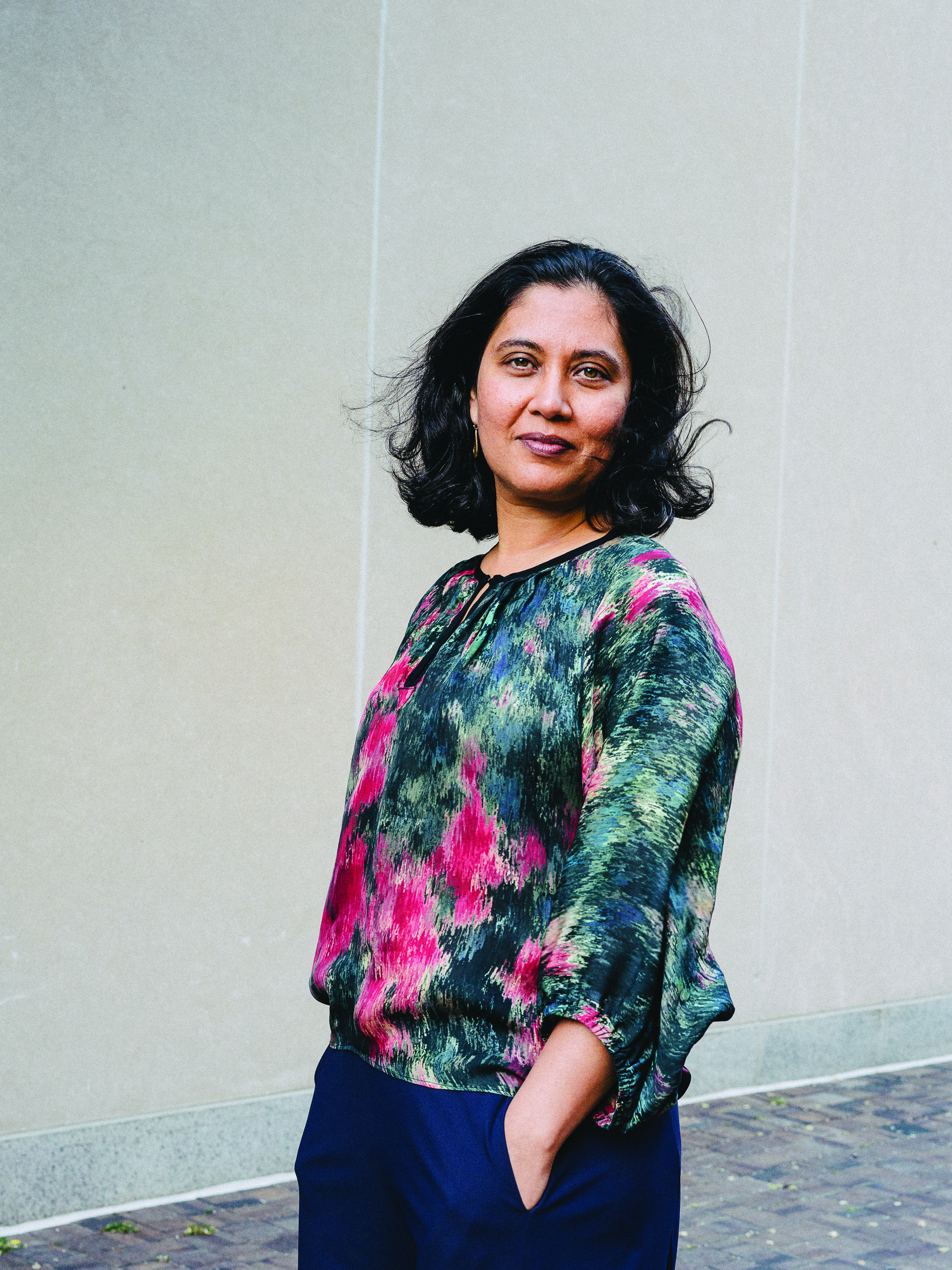 The Indian subcontinent has been vexed by the notion of caste—a social hierarchy with roots in the Hindu religion—that has led to persistent discrimination for centuries. Tow Associate Professor of History Anupama Rao tackled the issue head-on in her first book, The Caste Question, published in 2009, which focused not so much on how to define caste but on those thinkers and activists who have tried to undo the caste order. For a new book, she is currently focusing on one of those thinkers, B.R. Ambedkar, whose 1936 essay, “The Annihilation of Caste,” generated a critical debate with Mahatma Gandhi about the best way to end the caste system, and in particular the discrimination against the lowest caste, Dalit, or so-called “untouchables.”
The Indian subcontinent has been vexed by the notion of caste—a social hierarchy with roots in the Hindu religion—that has led to persistent discrimination for centuries. Tow Associate Professor of History Anupama Rao tackled the issue head-on in her first book, The Caste Question, published in 2009, which focused not so much on how to define caste but on those thinkers and activists who have tried to undo the caste order. For a new book, she is currently focusing on one of those thinkers, B.R. Ambedkar, whose 1936 essay, “The Annihilation of Caste,” generated a critical debate with Mahatma Gandhi about the best way to end the caste system, and in particular the discrimination against the lowest caste, Dalit, or so-called “untouchables.”
Though Indian society has tried to end caste-based discrimination over the past century, it has paradoxically enshrined caste as an identity, argues Rao. The Constitution of 1950 specifically prohibited prejudice based on caste, thereby creating caste as a political identity that people organized around. “We’re used to thinking about democracy as being about individual rights, but in India there is an interesting dance between individual and group rights embedded in the constitution,” she says.
Lower castes have had to demand those rights based on identity. That, in turn, has spurred a backlash among upper castes and increasingly by Hindu nationalists who have used the special status conferred upon Dalits by the constitution as grounds for violence against them. Recently, in an effort to curb this violence, the Indian Supreme Court banned political appeals to identity by nationalist groups. In a recent New York Times editorial, Rao argued that the ruling, while well-meaning, may do more harm than good by stifling identity claims by minority groups while still allowing the identity of the dominant culture to emerge unchallenged.
She makes a connection to the Black Lives Matter movement in the United States, where people of color have organized around issues of violence as a way to assert their humanity. “The Black Lives Matter argument is yes, all lives matter, but then how is it we have these exceptional subjects whose lives are seen as worthless or lacking in political recognition,” she says.
For Rao, writing about Ambedkar has been a way to grapple with some of these issues. Characterized as a one-note proponent of Dalit liberation, Rao says he was a sophisticated global thinker who linked caste politics to oppression of groups such as European Jews and American “Negroes,” and deserves to be placed alongside other thinkers of the period, such as W.E.B. Du Bois. “He writes with incredible conceptual sophistication, but he’s been seen almost purely as a figurehead for a particular movement,” she says. “Part of my project is to insert him into the global intellectual history of radical thought.”
Ultimately, she argues that the notion of caste goes beyond its particular context in Indian religion and politics. “It’s really a question of how we make communities and practice social intimacy,” she says. “What are the capacities people have to create those communities. Given the deep inequity that exists, what are the recurring logics of political exclusion?” •
